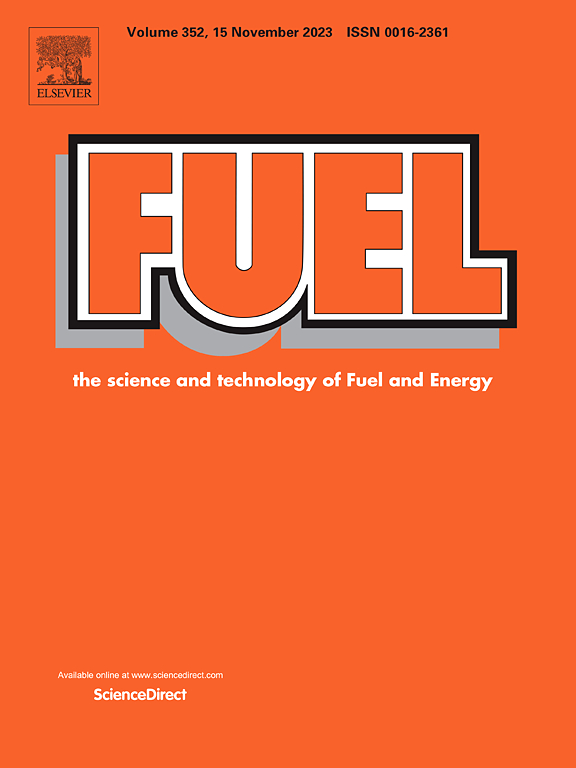Modeling and optimization of a trickle-bed reactor with hydrogen quenching for cost-effective hydrotreated biodiesel production
IF 6.7
1区 工程技术
Q2 ENERGY & FUELS
引用次数: 0
Abstract
The increasing global demand for sustainable energy and the need to reduce greenhouse gas emissions have driven interest in renewable fuels such as biodiesel. However, conventional biodiesels commonly exhibit limitations in oxidation stability and low-temperature operability, which restrict their blendability with petroleum diesel. Hydrotreated biodiesel (HBD), produced by hydrotreating vegetable oils, offers improved fuel properties, making it a promising alternative. This study addresses challenges in cost-effective industrial-scale HBD production by developing a modeling and optimization framework for a trickle-bed reactor (TBR) equipped with quench zones. Specifically, a kinetic study was conducted to identify the most suitable reaction rate model, followed by the construction of a pilot-scale hydrotreating TBR model based on the selected kinetics, validated against experimental data. Among the kinetic models evaluated, the A3 kinetic model demonstrated robust accuracy, with R-square values of 0.9889. To manage the exothermic heat of hydrotreatment reactions, quench zones utilizing hydrogen were strategically introduced between reactor beds to prevent hotspot formation. Then, economic optimization was performed, considering hydrogen recovery and utility usage in the entire production process, including units such as three-phase separator, H-pressure swing adsorption, and multistage compressors. The results demonstrated that the optimal quench zone design and operating conditions could effectively enhance the economic feasibility by significantly reducing the required amount of quenching hydrogen while maintaining high HBD yield. Specifically, HBD revenue increased by 5.01%, electricity costs decreased by 4.36%, and chilled water costs were reduced by 2.86%. Overall, the optimal case achieved a 25.17% improvement in profitability compared with the base case.

求助全文
约1分钟内获得全文
求助全文
来源期刊

Fuel
工程技术-工程:化工
CiteScore
12.80
自引率
20.30%
发文量
3506
审稿时长
64 days
期刊介绍:
The exploration of energy sources remains a critical matter of study. For the past nine decades, fuel has consistently held the forefront in primary research efforts within the field of energy science. This area of investigation encompasses a wide range of subjects, with a particular emphasis on emerging concerns like environmental factors and pollution.
 求助内容:
求助内容: 应助结果提醒方式:
应助结果提醒方式:


